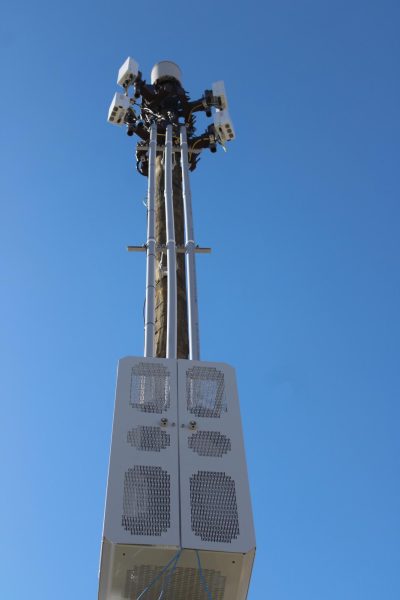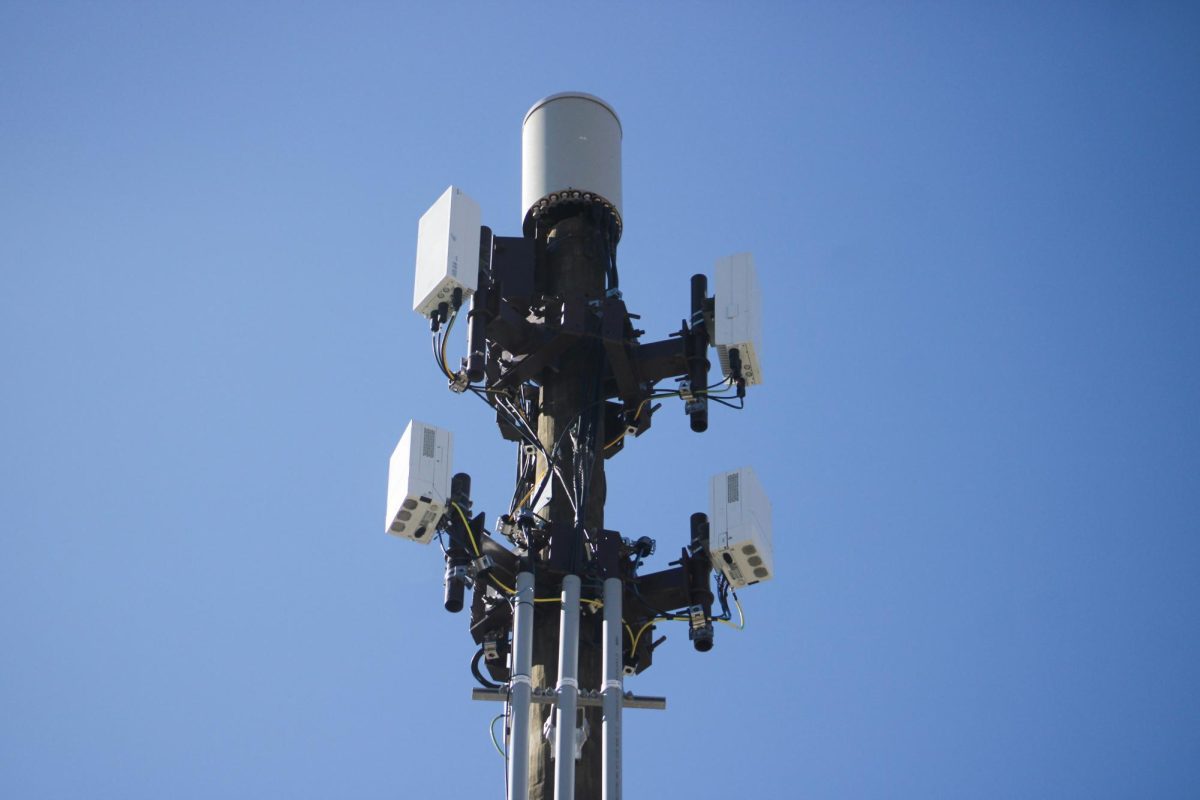While watching their frosty breath float up into the mountain air, students may have noticed some small structures that weren’t there before.
From Kidd Brewer Stadium to the Turchin Center for the Visual Arts and IG Greer Hall, small cell towers the size of light poles have been built across campus. Students may wonder, what is their purpose and does it have something to do with the damage dealt by Hurricane Helene?
The installation of these towers was facilitated by New River Light and Power, who provide electricity to App State and the larger Boone area.
Mariana Greene, a representative from NRLP, wrote in an email that there are 32 total towers in Boone, with 13 of them being on and around App State’s campus. The towers have been around for more than five months, and construction was planned longer than that.
“This project was planned in 2023 for installation in 2024 in cooperation with Verizon and Blue Ridge Energy,” Greene wrote in an email.

Greene wrote that NRLP’s role was to support the installation. They have no direct involvement with the cell coverage provided by the towers. That is the responsibility of Verizon and Blue Ridge Energy, who provides cell services to Western North Carolina.
“The initiative aimed to improve cell coverage for Boone residents, municipalities, businesses, schools, students, faculty, and staff,” wrote Senior Vice President and Chief Communications Officer of Blue Ridge Energy Jason Smith in an email.
The towers were installed over summer 2024, but after Hurricane Helene, their importance to the community has increased tenfold. According to Smith, the small cell sites were not brought online until after the storm.
“Verizon’s coverage around Boone and ASU’s campus improved significantly following the damage caused by Hurricane Helene,” Smith wrote. “From what I understand, the coverage for Verizon users is now outstanding.”
Some Verizon users on campus are feeling the positive change. Evan Stauffer is a freshman electronic media and broadcasting student who has noticed some improvement.
“My cell coverage is better but still spotty in some areas,” Stauffer said.
He is feeling optimistic about the new towers and hopes his coverage gets even better. However, other students haven’t seen any improvements yet.
“I haven’t noticed any major changes in cell coverage, but I have good coverage here and everything loads pretty quickly for me,” said Brianna Moreira, a freshman nursing major.
She also hopes the cell sites would improve things, but not at the expense of environmental damage.
Smith wrote that Blue Ridge Energy and Ridge Link are continually supporting new development to improve the coverage of both Boone residents, as well as users in the larger Western North Carolina area. These smaller cell sites may be seen more in the future to advance existing infrastructure and bring coverage to rural areas.



